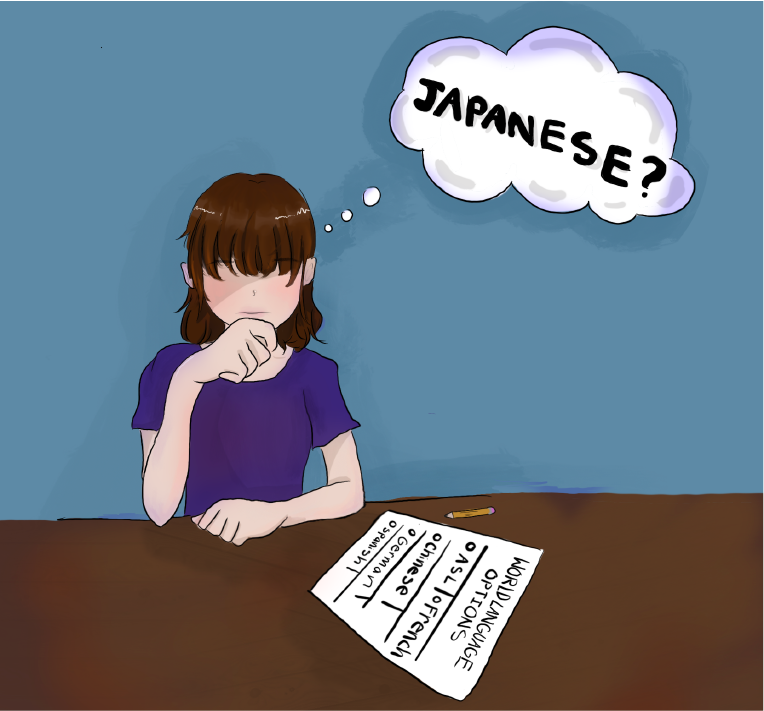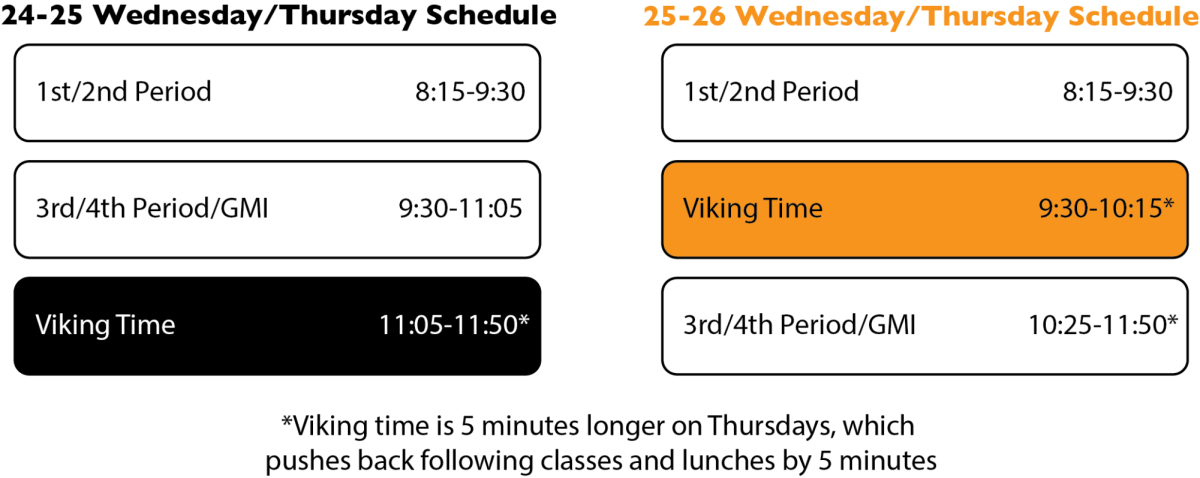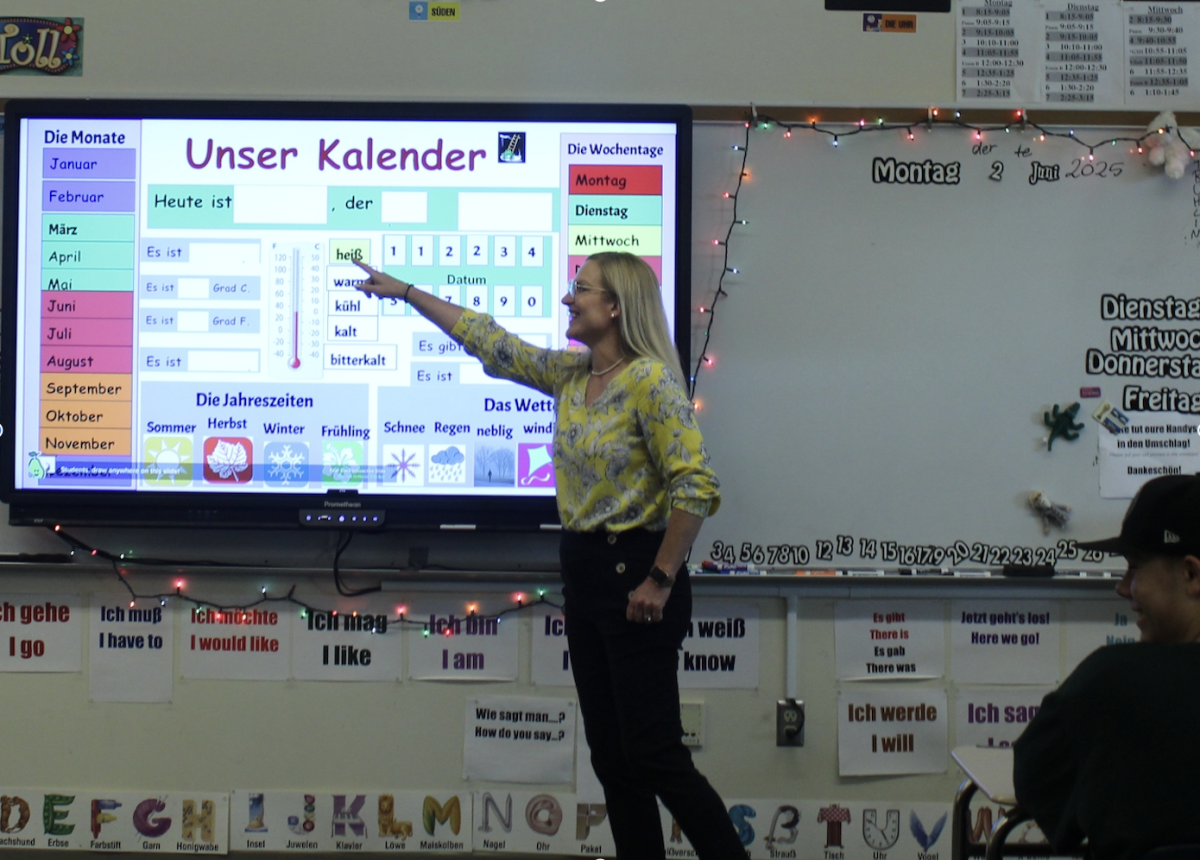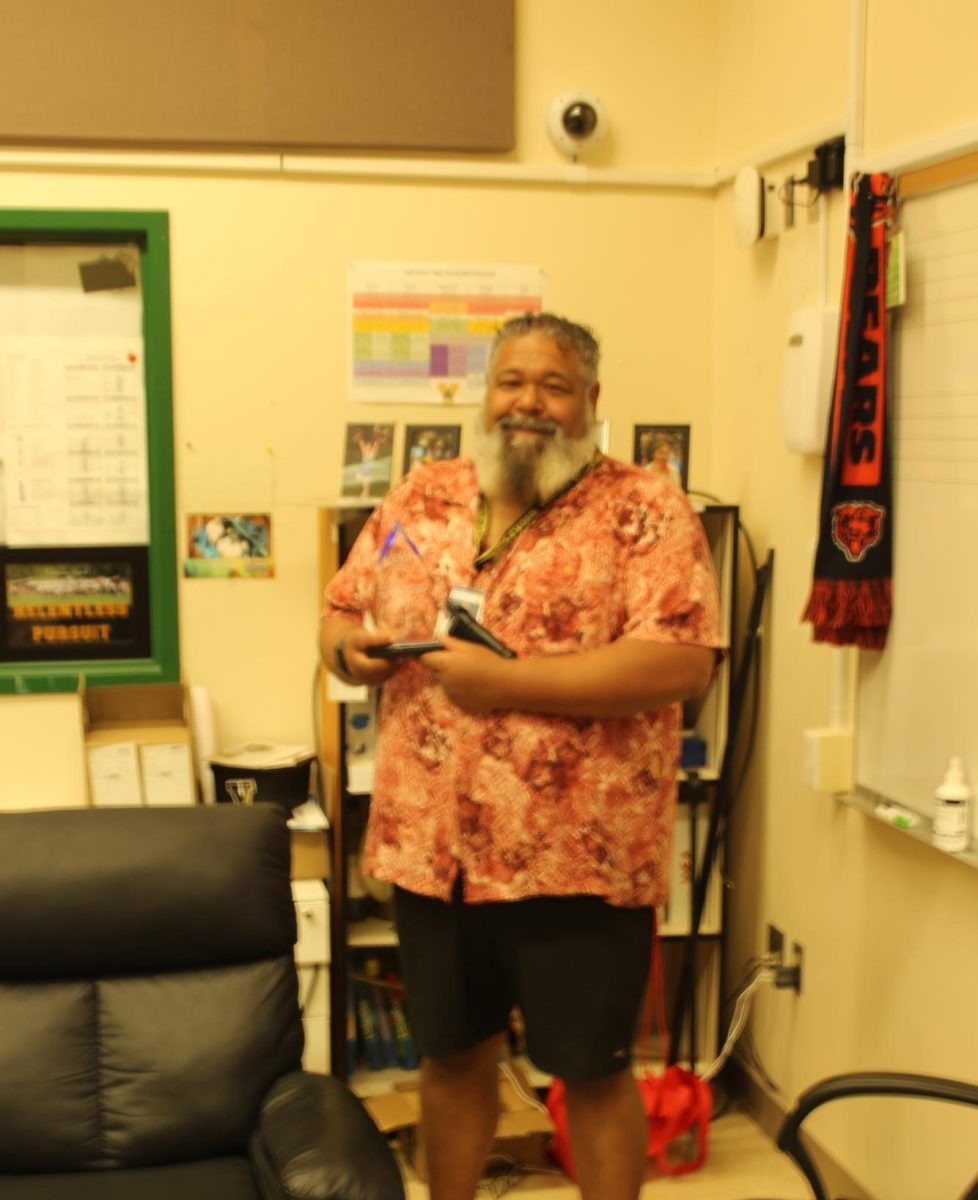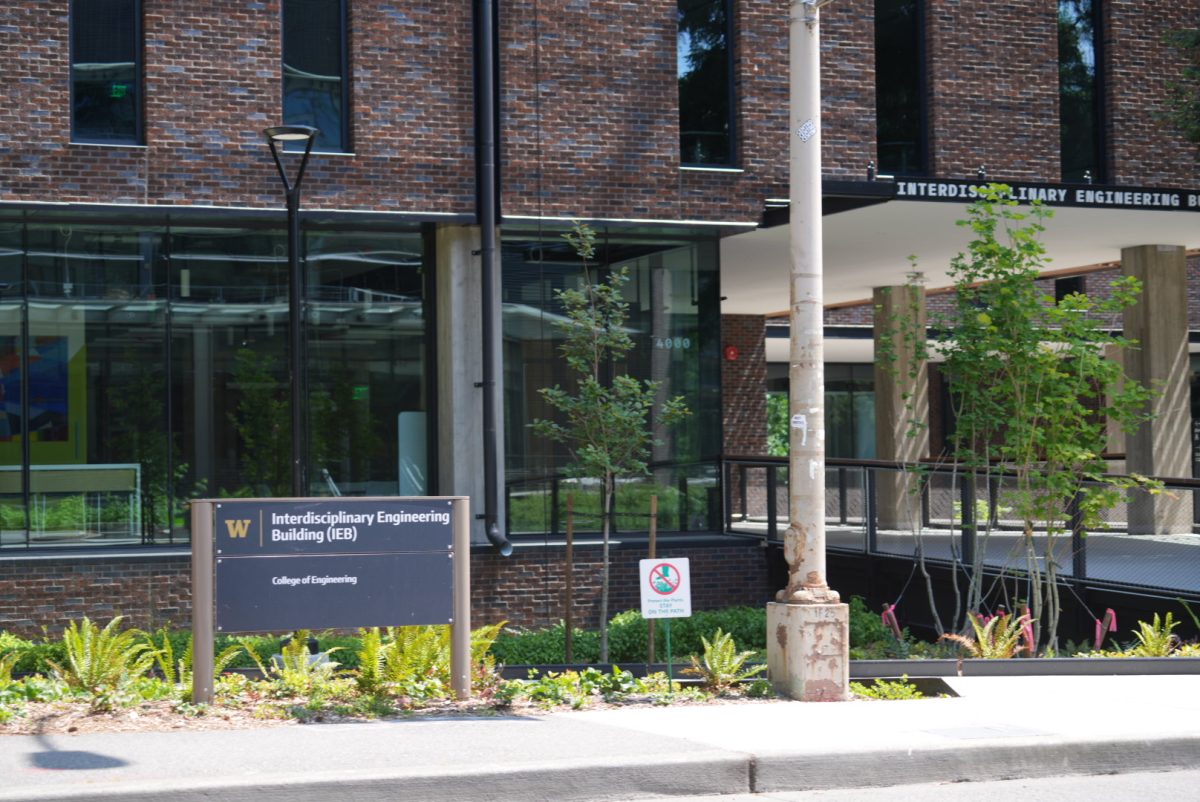A second language is compulsory for Inglemoor high school graduation, and many colleges require applicants to have completed at least two years of study in a second language. However, Japanese, one of the six languages offered at Inglemoor, is being gradually discontinued due to enrollment decline. There was no Japanese 100 class this year, and since it’s not offered in NSD middle schools, it is no longer a beginner class. By 2027, Japanese will no longer be a class at Inglemoor.
With budget cuts, the amount of staff members in the building is decreasing. If the district provides enough teachers for each class to have 33 students, it would only be ideal if 33 students sign up for that class. Principal Adam Desautels (he/him) says if only 18 students sign up for a certain class, in another class somewhere else, the number of students would be 38. To minimize large class sizes, one language needed to be cut to fill the other language classes. Japanese classes have around 20 students. This year, Japanese is a singleton class, so each level is offered only once a day. Counselor Jennifer Orhuozee (she/her) said as the number of different classes increase, it’s more challenging to accommodate them within a schedule.
“It’s much harder to get (singleton classes) to work in a schedule than something you can offer four or five times a day. Because if somebody’s taking another class that’s specialized, it’s easy for them to get in,” Orhuozee said, “So I think part of why some of these classes that are more specialized might get cut first is because they’re more difficult to find ways to fit them in the schedule.”
Desautels said it could have been any language class. If the district needed to face the decision this year, he says French may have been the class that was phased out, considering French teacher Gary de Gorgue’s upcoming retirement. The district forms contracts with teachers who continue to teach. In these contracts, teachers are guaranteed teaching positions based on seniority, so the only way to eliminate a program is to either have a teacher leave or send the teacher who has a contract to another school. The previous Japanese teacher, Noriko Nasu, had already decided to leave.
There are no plans to revisit the decision of offering a Japanese class. However, if there becomes more student interest in Japanese and the school has the ability to add a sixth language, Desautels said they’ll reconsider.
“In a perfect world, we would want to be able to offer any language to any student,” Desautels said. “We have students that speak over 43 different languages at the school, and we only teach five. So there’s a lot of languages that I think that students could benefit from that we can’t run because we don’t have the demand.
Current Japanese teacher Chizuko Ruby (she/her) said it’s disappointing for incoming students who hoped to enroll in Japanese. She said since they may not be as passionate about another language class, it may affect their grade. However, while they may not be as interested, students may find alternative learning opportunities to Japanese such as online courses.
“Those students who would still want to learn Japanese could find other ways, and those could be the ones who seriously want to learn the language and the culture,” Ruby said. “If they really want to learn, they’ll find the way. And I’m open to giving those students opportunities, and/or help finding the way for them.”



